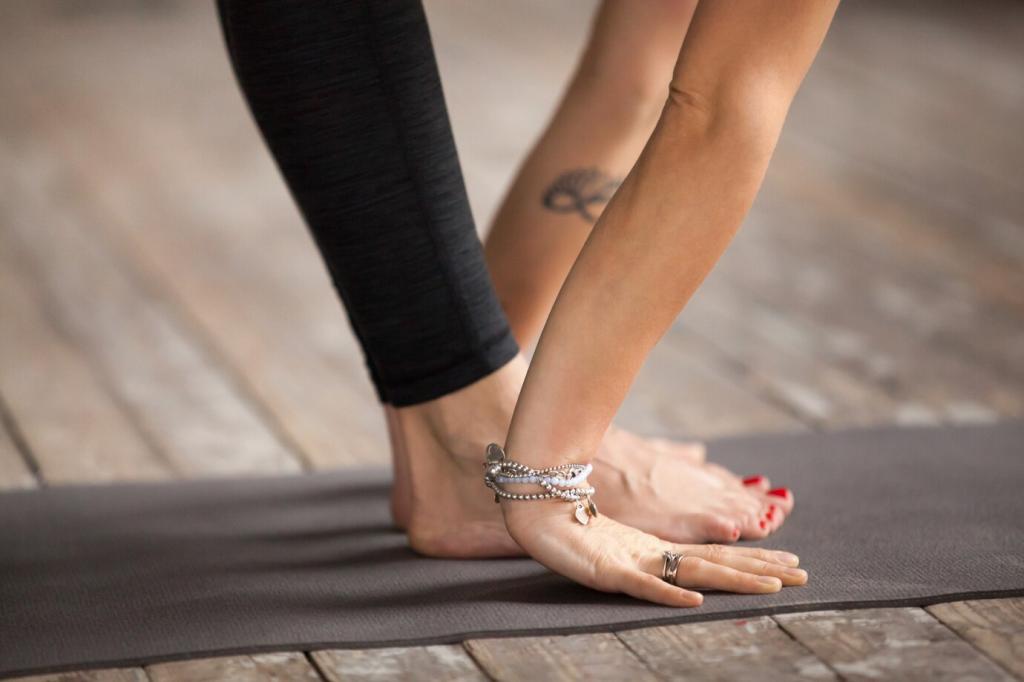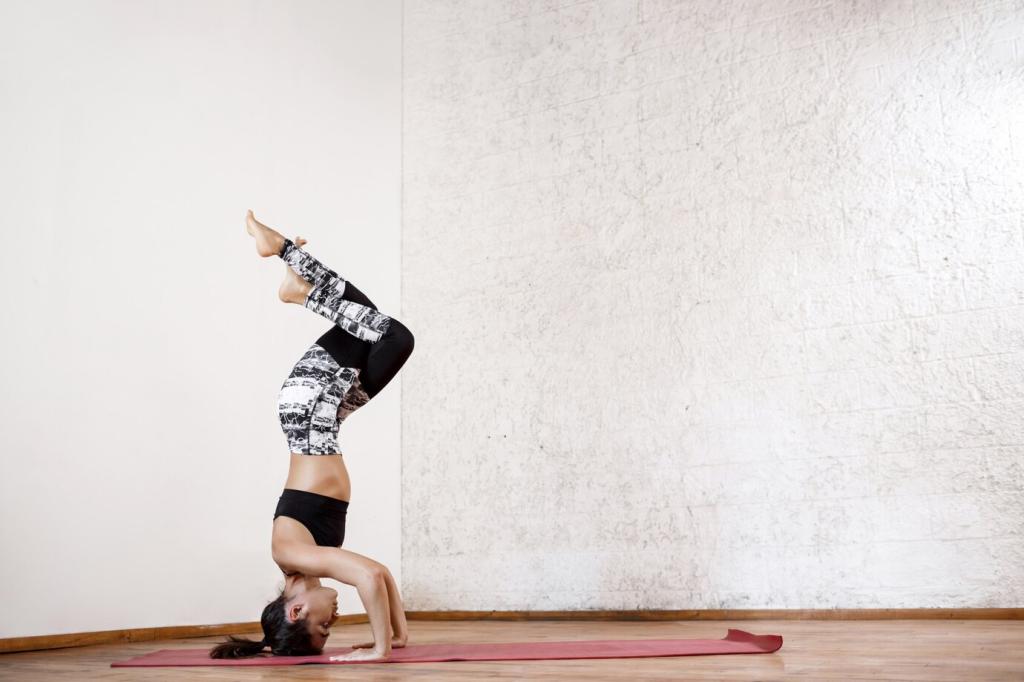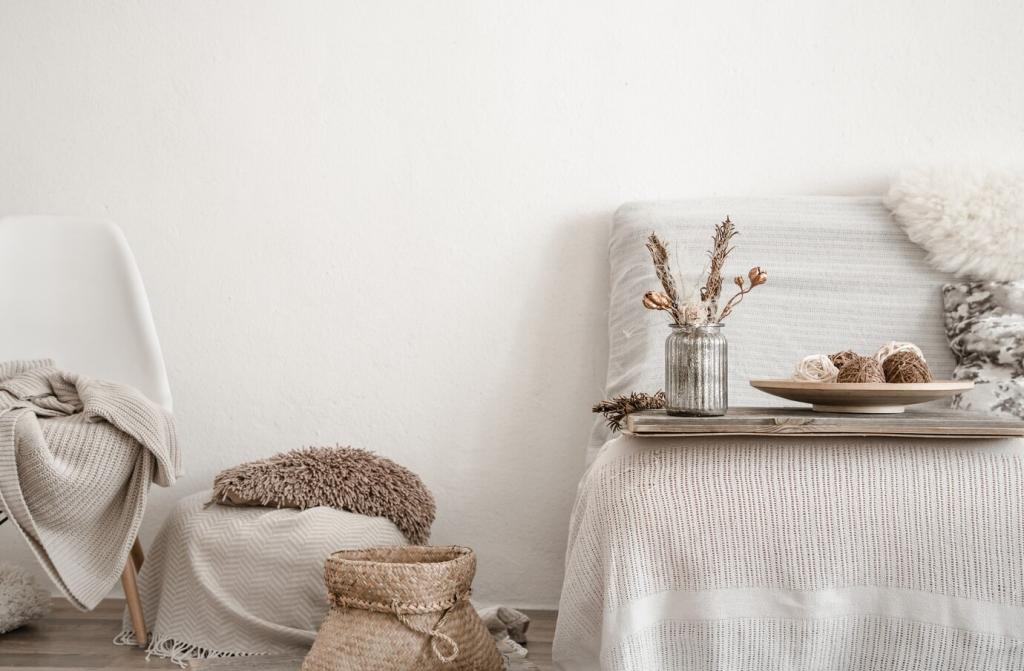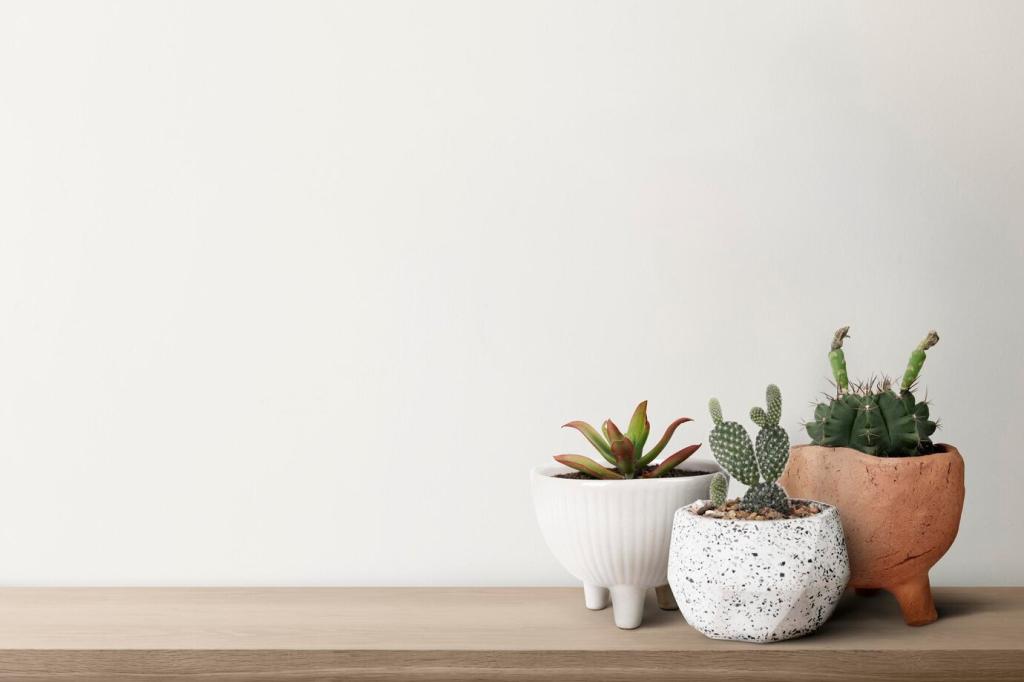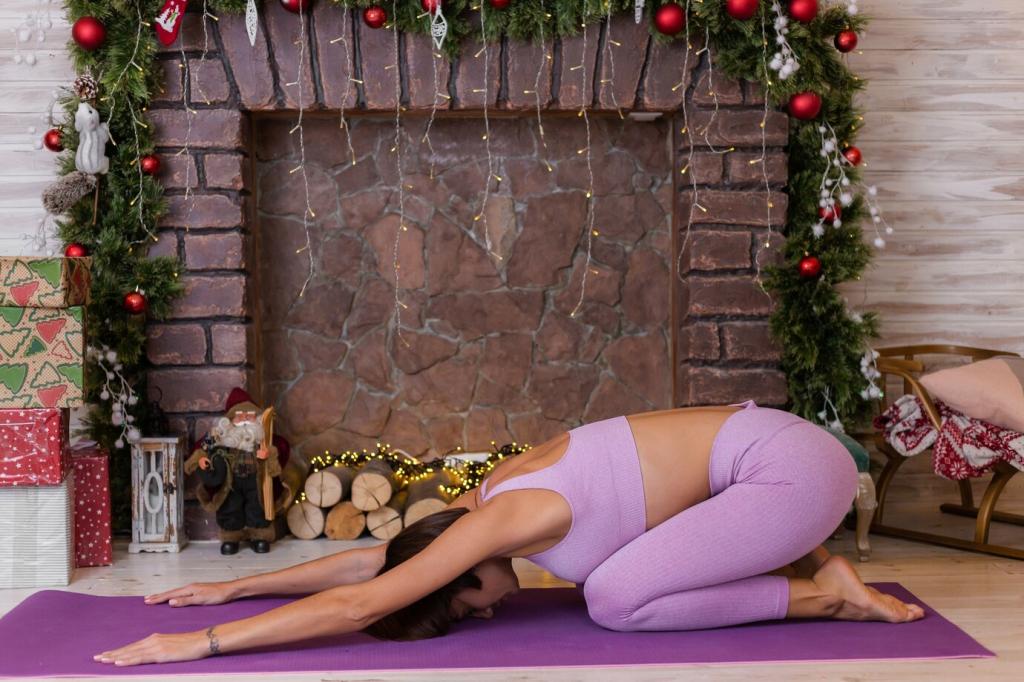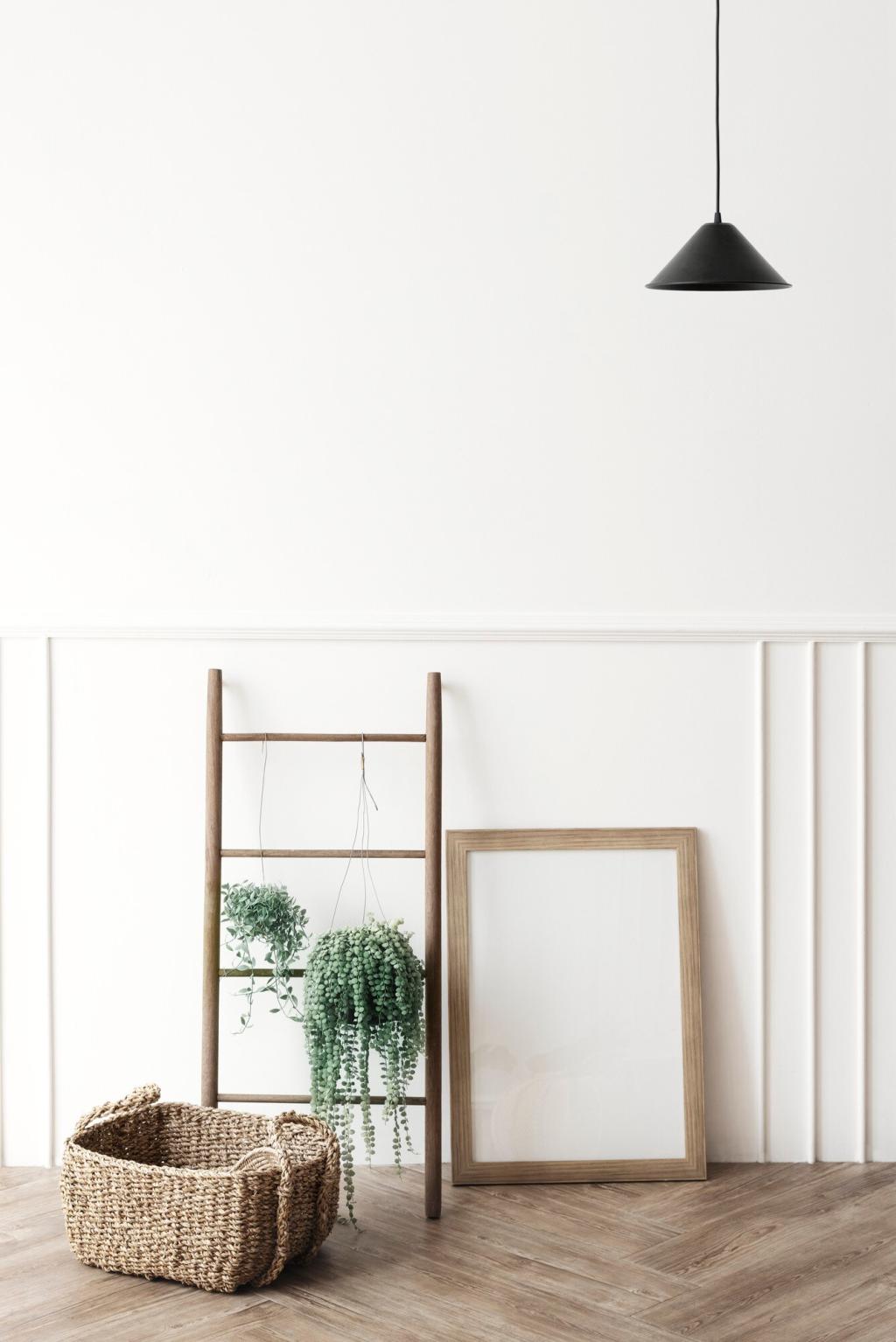Small Spaces, Big Calm
Choose a tri-fold mat, nesting blocks, and a collapsible meditation stool. These transform quickly and disappear just as fast. When gear compresses, the room reclaims its openness between sessions and guests.
Small Spaces, Big Calm
A low cabinet doubles as a bench and prop vault. A flat-topped hamper becomes a pranayama seat. Each piece earns its spot by doing two jobs, then vanishing into the background during practice.

